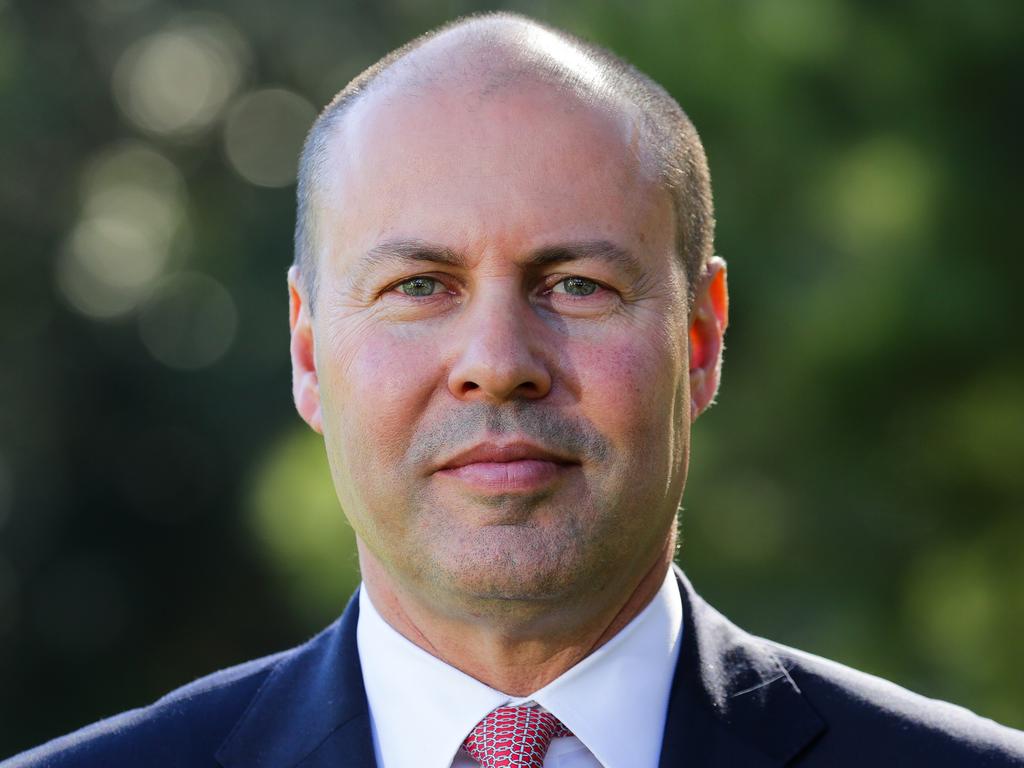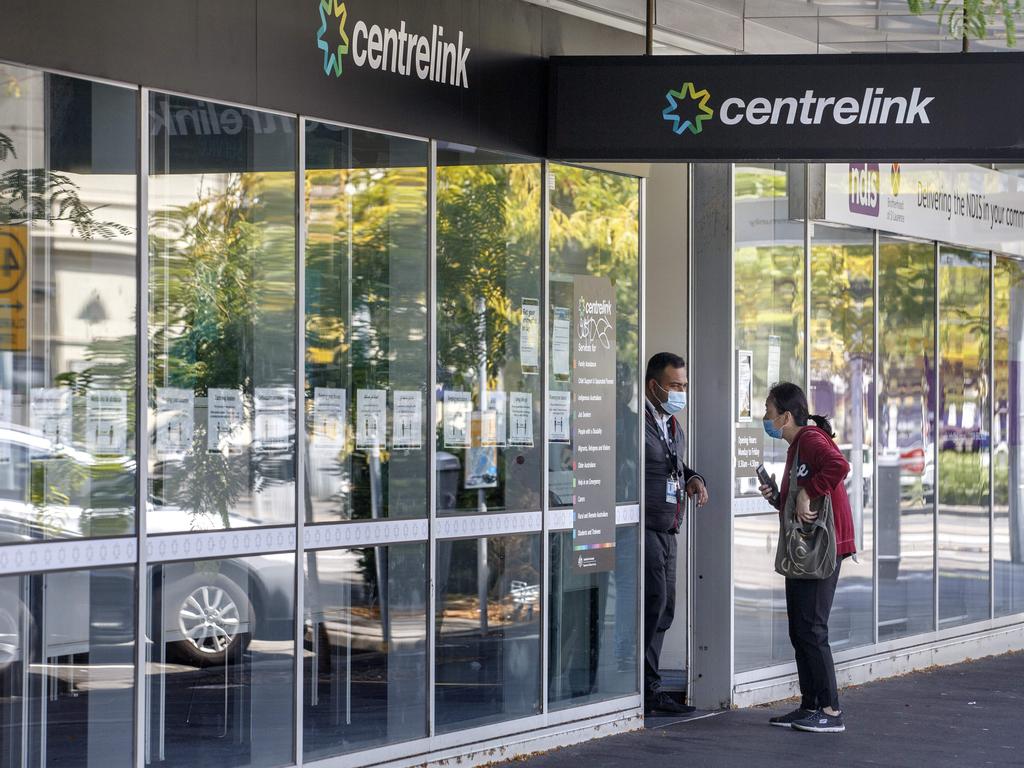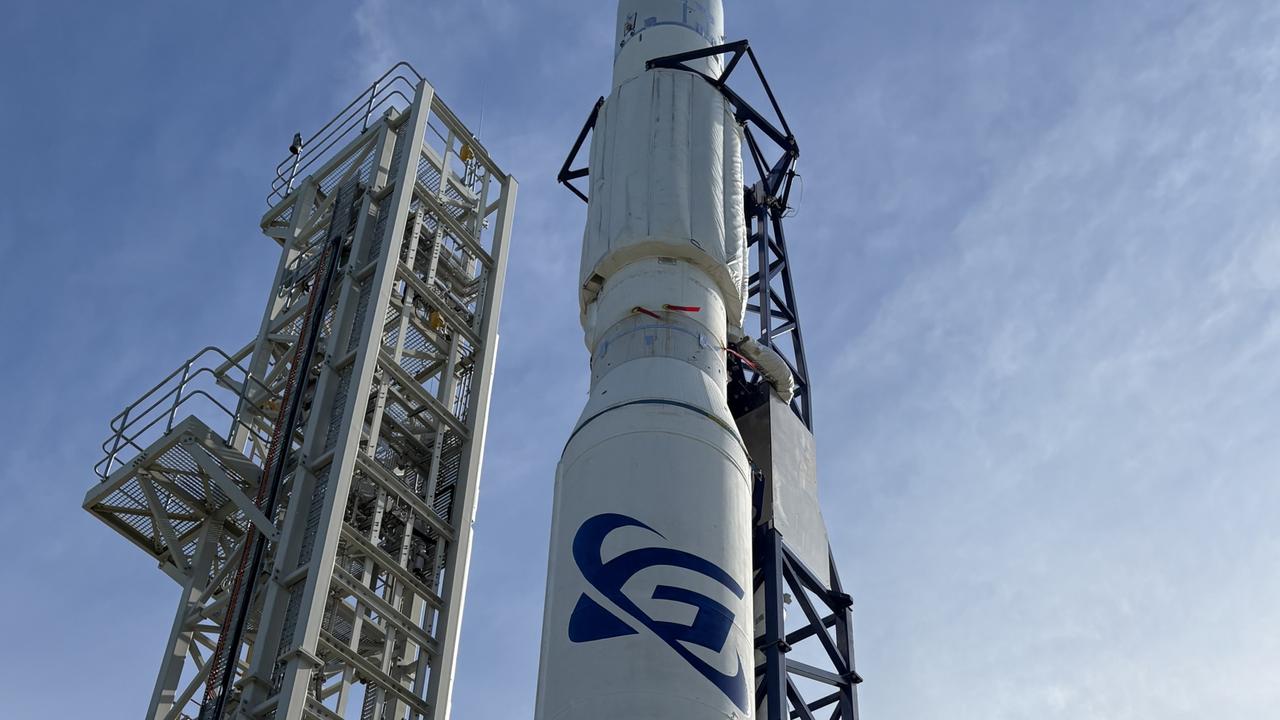Unemployment falls 0.2 per cent in April to 5.5 per cent
Australia’s unemployment rate has dipped again despite the end of the business-saving JobKeeper wage subsidy.

Australia’s unemployment rate has fallen to 5.5 per cent, according to latest figures.
The end of the federal government’s JobKeeper wage subsidy in March was expected to create a cliff that would plunge thousands of workers onto welfare.
But the number of Australians in work fell only marginally by almost 30,600 between March and April, to remain just over 13 million.
The jobless rate fell by 0.2 percentage points to 5.5 per cent, according to Australian Bureau of Statistics (ABS) data released on Thursday.
The figures were 0.9 percentage points lower than April last year, when the rate was 6.4 per cent and Australia was at the peak of lockdown restrictions to combat the COVID-19 pandemic.
Tasmania now has the highest level of unemployment, 6.2 per cent, of all the states and territories.
People losing their job or changing jobs because of the end of JobKeeper, a lifeline for businesses to retain workers, is likely to be seen in the statistics for May.
“We have not seen large changes in the indicators that would suggest a clear JobKeeper impact,” ABS spokesman Bjorn Jarvis said.
“We also haven’t seen large net flows out of employment across many population groups.”

Treasurer Josh Frydenberg said the numbers showed the strength of Australia’s economic recovery.
“This is the seventh consecutive monthly unemployment has fallen,” the Treasurer said.
“Underemployment has fallen to its lowest level in seven years, and we have seen youth unemployment fall to its lowest level in 12 years.
“Full-time jobs saw an increase of 33,800 new full-time jobs being created in the month of April.”
Mr Frydenberg last week handed down his third federal budget, which included a plan to get a further 250,000 people into work and push unemployment below 5 per cent.
He said this would add $5bn to the bottom line because there would be more income tax receipts and lower welfare payments.
The falls in both employment and unemployment in April saw the participation rate decrease 0.3 points to 66 per cent, which is back to around its pre-pandemic levels, according to ABS analysis.
The female participation rate decreased 0.5 points to 61.3 per cent and the male participation rate decreased 0.1 points to 70.8 per cent.
Underemployment also decreased 0.2 points to 7.8 per cent in April.
ANZ economists have warned that the end of JobKeeper being offset by strength in the labour market would be “temporary”.
“We expect the unemployment rate to fall to 4.8 per cent by end-2021 and 4.4 per cent by end-2022,” it said in a statement.
“While these forecasts may appear ambitious, they reflect the expectation of a decelerating pace of labour market improvement.
“At the national level, employment continued to rise for 15-24 year olds. But 25-34 year olds appear to be struggling.”
CommSec chief economist Craig James said evidence to date, from indicators like job vacancies, was that employers were keen to take on more staff.
“So much so that there are fears about whether all of the available positions will be filled,” Mr James said.
“The job market continues to tighten. And as the process continues that may cause firms to offer higher wages to fill vacant positions.”
Deputy Labor leader Richard Marles said they welcomed the figures but warned there was still a long way to go in the economic recovery.
“1.8 million Australians remain looking for work,” Mr Marles said.
“We need an economy that is generating secure, well-paid jobs.”

HOW UNEMPLOYMENT RATE HAS FLUCTUATED OVER THE PAST YEAR
April 2020 – 6.4 per cent
May 2020 – 7.1 per cent
June 2020 – 7.4 per cent
July 2020 – 7.5 per cent
August 2020 – 6.8 per cent
September 2020 – 6.9 per cent
October 2020 – 7 per cent
November 2020 – 6.8 per cent
December 2020 – 6.6 per cent
January 2021 – 6.3 per cent
February 2021 – 5.8 per cent
March 2021 – 5.6 per cent
April 2021 – 5.5 per cent



